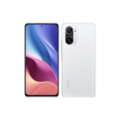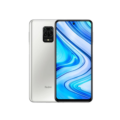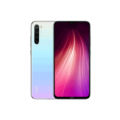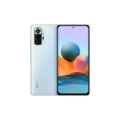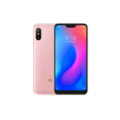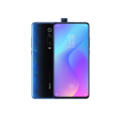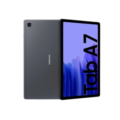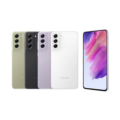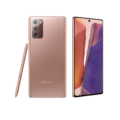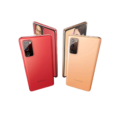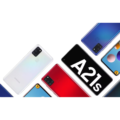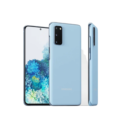Redmi 10C Harga Malaysia
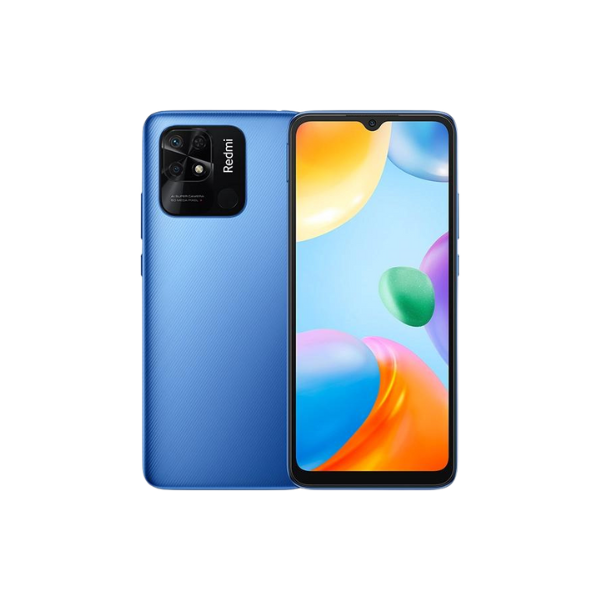

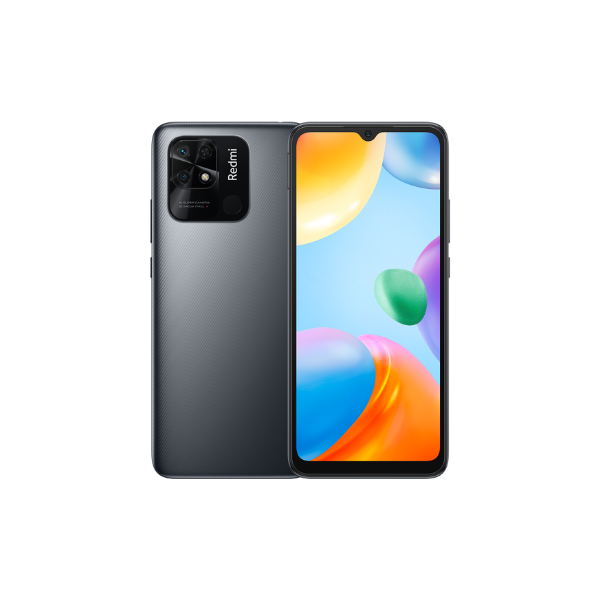
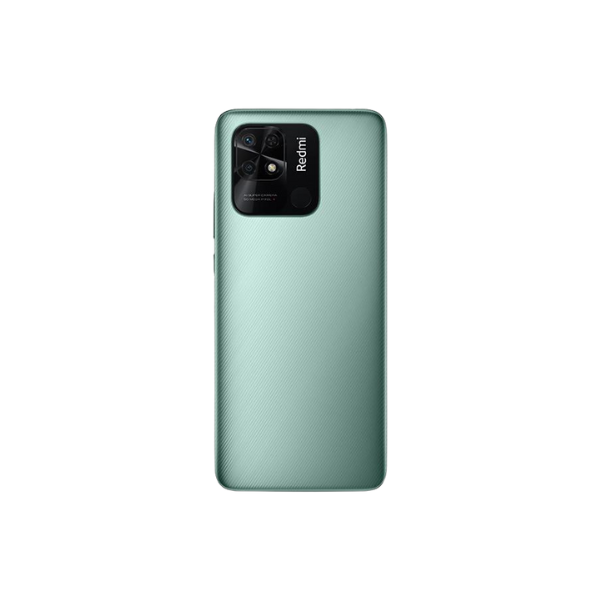
- CPU: Qualcomm SM6225 Snapdragon 680 4G (6 nm)
- RAM: 3 GB, 4 GB
- Storage: 64 GB, 128 GB
- Display: IPS LCD
- Camera: 50 MP Dual Camera
- OS: Android 11, MIUI 13
- AnTuTu Total Score: 248.639 (c9)
Redmi 10C Harga Malaysia Spesifikasi Malaysia
General
| Device Type | Smart Phone |
| Model | 220333QAG, 220333QBI, 220333QNY, 220333QL |
| Announced | 21 March, 2022 |
| Released | 23 March, 2022 |
| Status | Available |
| Price | RM359 |
Design
| Type <strong>Design Type</strong> called form factor refers to a mobile phone's size, shape, and style as well as the layout and position of major components of phone. There are three major form factors seen in mobile phones => bar phones, folding phones and sliding phones. | Bar |
| Dimensions | 169.6 x 76.6 x 8.3 mm (6.68 x 3.02 x 0.33 in) |
| Weight | 190 g (6.70 oz) |
| Colors | Graphite Gray, Ocean Blue, Mint Green |
Network
| 4G Network | 1, 2, 3, 4, 5, 7, 8, 20, 28, 38, 40, 41 |
| SIM <strong>SIM</strong> (Subscriber Identity Module) is a small card that contains mobile network subscriber's account information. This allows the phone using the card to attach to a mobile network. The SIM card is most commonly associated with GSM and UMTS mobile networks. Moving a SIM card from one phone to another allows a subscriber to switch mobile phones without having to contact their mobile network carrier. SIM cards can also be used by a phone to store limited amounts of data, such as phone numbers and text messages. | Nano SIM |
| Dual SIM | dual stand-by |
Display
| Display Type <strong>Display Technology => </strong> A number of display technologies and types used in mobile phones => TFT (Thin Film Transistor), IPS (In-Place Switching), OLED (Organic Light Emitting Diode), AMOLED (Active-Matrix Organic Light-Emitting Diode), Super AMOLED (an even advanced version of AMOLED), Resistive Touchscreen (Resistive touchscreens contain two layer of conductive material with a very small gap between them which acts as a resistance), Capacitive Touchsceen (Capacitive touchscreen technology consists of a layer of glass coated with a transparent conductor) | IPS LCD |
| Size | 6.71 inches, 106.5 cm2 (~82.0% screen-to-body ratio) |
| Resolution | 720 x 1650 pixels |
| Display Colors <strong>Display Colors</strong> is refers to the number of different shades of colors that the screen is capable of displaying => 64K colors, 256K colors and 16 million colors, Obviously 16M is highest available range of colors and better than others. | 16 Millions Colors |
| Pixel Density <strong>Pixel Density (PPI)</strong> is refers to the concentration of pixels on a particular display, measured in pixels per inch (ppi). Pixel density is calculated by dividing the diagonal pixel resolution of a display by its diagonal size, higher pixel density better display quality. | (~268 ppi density) |
| Touch Screen | Yes, Multitouch |
| Display Protection <strong>Display Protection => </strong> Gorilla Glass is a special alkali-aluminosilicate glass shield with exceptional damage resistance that helps protect mobile displays from scratches, drops, and bumps of everyday use, It is always better to go for a smartphone with Gorilla Glass for that added protection and peace of mind. | Corning Gorilla Glass |
Camera
| Rear Camera <strong>Camera</strong> is able to capture photographs and usually videos, The most important characteristics of a camera are the resolution (measured in megapixels), lens focus type (fixed or automatic), higher megapixel cameras are known to capture higher quality photos, but not always a good measurement of the photos quality. |
Dual Camera 50 MP, f/1.8, 26mm (wide), PDAF 2 MP, f/2.4, (depth) |
| Front Camera | 5 MP, f/2.2, 1080p@30fps |
| Image | 1080p |
| Video | 1080p@30fps |
| Camera Features | LED flash, HDR, panorama |
Software
| Operating System <strong>OS => </strong> Every computer system run on a base software called Operating System (OS). Operating System controls all basic operations of the computer (such as smartphone, PDAs, tablet computers and other handheld devices). The Operating System allows the user to install and run third party applications (apps), apps are used to add new functionality to the device. | Android 11 |
| User Interface <strong>UI</strong> or user interface of a device is the look and feel of the on-screen menu system. How it works, its color scheme, how it responds to button presses, all of these things are part of the user interface. | MIUI 13 |
Hardware
| Chipset <strong>Chipset</strong> is a group of integrated circuits designed to perform one or a more dedicated functions, often with real time computing constraints, Popular smartphones are equipped with more advanced embedded chipsets that can do many different tasks depending on their programming. | Qualcomm SM6225 Snapdragon 680 4G (6 nm) |
| CPU <strong>CPU</strong> (Central Processing Unit) mostly known as processors, CPU processes instructions in order to carry out certain functions that make your device operate properly. Processors are often described as the brain of computers, smartphones and tablets, Smartphones and tablets rely on processors to carry out their every task, Processors are an incredibly important factor in selecting any type of computing device, including your smartphone. | Octa-core (4x2.4 GHz Kryo 265 Gold & 4x1.9 GHz Kryo 265 Silver) |
| GPU <strong>GPU</strong> (Graphics Processing Unit) is a single-chip processor designed to rapidly manipulate and alter memory to accelerate the creation of images in a frame buffer intended for output to a display, This includes things such as lighting effects, object transformations, and 3D motion. | Adreno 610 |
| RAM (Memory) <strong>RAM</strong> (Random Access Memory) is a type of computer memory that can be accessed randomly, any byte of memory can be accessed without touching the preceding bytes that allows information to be stored and accessed quickly from random locations. RAM is the most common type of memory found in computer systems, smartphones, tablets and other electronic devices. | 3 GB, 4 GB |
| Internal Storage <strong>Internal Storage</strong> is a data storage space (flash memory) mostly used in smartphones, tablets and other electronic devices where operating system, apps, music, photos, videos, files and other user data Is stored. | 64 GB. 128 GB |
| Card Slot <strong>Memory Card Slot</strong> is a special slot for inserting a memory card. Memory cards allow you to expand the phone's built-in memory, A memory card (sometimes called a flash memory card or a storage card) is a small storage medium used to store data such as text, pictures, audio, and video, for use on small, portable or remote computing devices such as mobile phones, mp3 players, digital cameras. | microSDXC (dedicated slot) |
| Sensors <strong>Sensors</strong> are electronic components that detects and responds to some type of input from the physical environment. The specific input could be light, heat, motion, moisture, pressure and location, The output is generally a signal that is converted to use in computing systems, a location sensor, such as a GPS receiver is able to detect current location of your electronic device. | Fingerprint (rear-mounted), accelerometer, proximity |
Battery
| Battery Type <strong>Battery Type => </strong> Cell phones run on various kinds of batteries depending on the manufacturer, phone size or shape and features. There are basically four types of cell phone batteries => Lithium Polymer, Lithium Ion, Nickel Metal Hydride and Nickel Cadmium. | Li-Poly (Lithium Polymer) |
| Placement | non-removable |
| Capacity <strong>Battery Capacity</strong> is a measure (typically in Amp-hr) of the charge stored by the battery, and is determined by the mass of active material contained in the battery. The battery capacity represents the maximum amount of energy that can be extracted from the battery under certain conditions. | 5000 mAh |
| Charging | 18W wired |
Connectivity
| Bluetooth <strong>Bluetooth</strong> is a wireless communications technology for exchanging data between mobile phones, headsets, computers and other network devices over short distances without wires, Bluetooth technology was primarily designed to support simple wireless networking of personal consumer devices. | 5.0, A2DP, LE |
| Wi-fi <strong>Wi-Fi</strong> is a popular wireless networking technology using radio waves to provide high-speed network connections that allows devices to communicate without cords or cables, Wi-Fi is increasingly becoming the preferred mode of internet connectivity all over the world. | Wi-Fi 802.11 a/b/g/n/ac, dual-band, Wi-Fi Direct |
| Wi-fi Hotspot | |
| USB | USB Type-C 2.0, USB On-The-Go |
| GPS <strong>GPS</strong> The Global Positioning System is a satellite-based radio navigation system, GPS permits users to determine their position, velocity and the time 24 hours a day, in all weather, anywhere in the world, In order to locate your position, your device or GPS receiver must have a clear view of the sky. | GPS, GLONASS, BDS, GALILEO |
| NFC <strong>NFC</strong> (Near field communication) is a set of standards for smartphones and similar devices to establish peer-to-peer radio communications with each other by touching them together or bringing them into proximity, usually no more than a few inches. | |
| Wireless Charging <strong>Wireless Charging</strong> (Inductive Charging) uses an electromagnetic field to transfer energy between two objects. This is usually done with a charging station. Energy is sent through an inductive coupling to an electrical device, which can then use that energy to charge batteries or run the device. | No |
Media
| Loudspeaker | Yes |
| Handsfree | 3.5mm jack |
Ini adalah ulasan dan pemikiran jujur mengenai Xiaomi Redmi 10C, serta tinjauan spesifikasi, seberapa berhargakah Redmi 9C pada tahun 2024? Adakah berbaloi untuk membelinya pada tahun 2024 sahaja?
Dengan pelancaran baru-baru ini bagi Xiaomi 12 sebagai flagship dalam siri ini, yang menyertakan Xiaomi 12 dan Xiaomi 12 Pro, syarikat ini telah memperoleh populariti yang cukup di banyak pasaran, termasuklah telefon pintar peringkat rendah hingga sederhana.
Xiaomi kini telah memasarkan peranti flagshipnya sebagai peranti yang berbaloi dalam segi harga, ringkas, dan kuat.
Ia menawarkan spesifikasi yang baik, dengan nilai harga yang besar. Sekarang, Xiaomi telah melancarkan telefon kelas ekonomi baru iaitu Xiaomi Redmi 10C, penerus langsung kepada Redmi 9C yang dilancarkan tahun lalu.
Telah dilancarkan pada tahun 2020, bagaimanakah prestasinya berbanding dengan peranti terbaru, dan berapa nilai kepadanya dalam generasi telefon pintar masa kini?
Reka Bentuk dan Binaan
Mari kita mulakan dengan kualiti pembinaan dan reka bentuknya. Redmi 10C menawarkan bahagian belakang dan bingkai samping yang kukuh yang diperbuat daripada plastik.
Ia dilengkapi dengan kamera hitam, termasuk sensor imbasan dan pemindai biometrik di bahagian belakang, lampu kilat LED, dan pemindai cap jari. Bingkai ini mengandungi logo Redmi, butang daya, butang peningkatan dan penurunan bunyi serta port cas dan pembesar suara.
Binaannya sendiri ringan, kurang daripada 200g, dengan dimensi 169x76x9.3 mm, dan ia datang dengan tiga pilihan warna yang berbeza, iaitu Redmi 10C hijau, Redmi 10C grafit kelabu, dan Redmi 10C biru laut.
Anda perlu merujuk kepada peranti yang ada di rantau anda untuk melihat warna-warna lain yang tersedia. Kekecewaan tentang reka bentuknya adalah pengurangan yang ketara dalam pemindai cap jari.
Paparan
Kualiti paparan bagi Xiaomi Redmi 10C adalah skrin LCD dengan saiz besar 6.71 inci, HD+, resolusi 1650 x 720 piksel. Ia mempunyai kepadatan piksel 268 PPI, dengan kecerahan maksimum sehingga 400 nits.
Ia dilindungi oleh kaca corning gorilla glass, dengan nisbah aspek 20:9. Skrin ini menyokong mod bacaan skrin, yang sangat sesuai untuk melindungi mata anda.
Kualiti paparan skrin ini baik dan memenuhi keperluan harian anda, tetapi ia bukanlah titik jual utama Redmi 10C. Ia akan berguna untuk keperluan harian anda, menyokong skrin permainan, memainkan video HD, dan menonton Netflix, YouTube, dan Amazon Prime dengan selesa.
Kamera
Dari ulasan pengalaman pengguna, ramai yang menyatakan tentang peningkatan yang baik dengan Redmi 10C.
Dalam hal spesifikasi, ia menawarkan kamera lensa utama 50 MP, dengan sensor S5KJN1, menyokong pengambilan video sehingga 1080p dengan 30 FPS, menyokong teknologi tangkapan panorama, mod malam, dan HDR.
Ia juga mempunyai kamera selfie 5MP, dan 2MP OmniVision, dengan perekaman video kamera hadapan 1080p pada 30 FPS yang selesa.
Perisian
Ia dilengkapi dengan Android 11 dan MIUI 13 yang dinaik taraf. Pada tahun 2020, Android 11 adalah cukup baik, tetapi dengan keluaran Android 12, ia telah menjadi agak kurang berkuasa pada hari ini.
Prestasi
Dari segi spesifikasi Redmi 10C sahaja, prestasi keseluruhan Redmi 10C adalah cukup baik. Ia menggunakan cip Snapdragon 680 dengan CPU Octa-core dengan CPU terpantas pada 2.5 GHz.
Ia menawarkan prestasi memori 4GB RAM dan 64GB ROM, memori boleh dinaik taraf hingga 128GB ROM dengan tambahan $20.
Ia juga mempunyai banyak ciri seperti dua kad sim, MicroSD boleh diperluaskan, Bluetooth 5.0, dan dilengkapi dengan GPS. Redmi 10C sudah menyokong keserasian 4G dan 5G.
Bateri
Dengan bateri 5000 mAh, ia boleh bertahan sehingga 24 jam tanpa cas (dengan penggunaan bateri normal). Ia dilengkapi dengan cas pantas 18W, dan diiklankan bahawa ia boleh dicaj dari 0% hingga 100% dalam masa kurang daripada 2 jam.
Harga
Harga bagi Redmi 10C bermula dari RM539 untuk 3GB RAM dan 64GB storan dalaman.
Anda boleh menyemak produk ini di Mi.com
Soalan Lazim
Berapa masa yang diperlukan untuk mengisi penuh Xiaomi Redmi 10C?
Walaupun ia mempunyai keupayaan cas pantas, ia masih hanya cas 18W, dan oleh itu ia akan mencapai bateri penuh dalam sekitar 2 jam.
Adakah Xiaomi Redmi 10C sudah mempunyai NFC?
Ia telah menyokong modul NFC pada kameranya untuk menyokong pembayaran QR dan tanpa sentuh, walaupun ia tersedia dalam versi terhad.
Adakah Xiaomi Redmi 10C sudah menyokong rangkaian 5G?
Seperti yang kami sebutkan dalam ulasan Redmi 10C sebelum ini, ia sudah menyokong rangkaian WiFi 5G.

